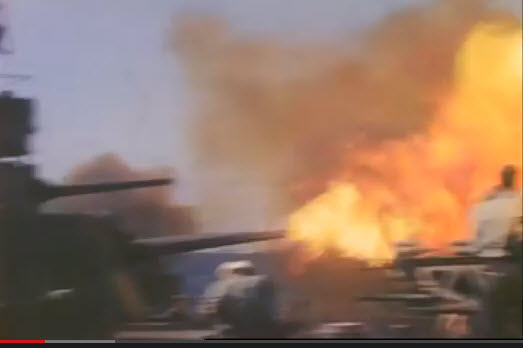

Memories of Our Ship's Doctor
Home Saga'sDr. John C. Crawford 405 Front St. Hertford, NC 27944
Xcerpts from Auto-Biography
The St. Louis had made one run up the "Slot" between the Solomon chain of Islands before I went aboard. I was on the ship from April 1943 until October 1945. After receiving my orders I went to San Francisco and boarded a Matson Line Ship with over 5000 men aboard. It took two weeks to reach Espiritu Santos, where the St. Louis was docked. It was a beautiful island. It was April 1943 when I finally went aboard.
By this time the Japanese had taken over most of the Pacific and we had our backs to the wall. The Marines, (our friend, "Add" Hagen from Norfolk included) had a toe hold on Guadalcanal. The Japanese were sending in reinforcements by Destroyers at night. The St. Louis with two other Cruisers would depart Espiritu in time to be off Guadalcanal by dark in an attempt to stop the Japanese, a difficult task for our Destroyers, being their torpedoes were much more effective than ours.We made several runs before our luck ran out. The cruiser "Helena" took a torpedo amidships and sunk with the loss of several hundred men out of a crew of 1100. She was replaced by the Leander, an Australian Cruiser, on a subsequent run she too was torpedoed but not sunk. Shortly thereafter, the St. Louis ran into a torpedo which took a pie shaped piece out of our bow. When the St. Louis was hit by the torpedo a huge wave washed over the bow and hit the damage control party. One man was knocked down and broke his ankle and that was miraculously our only casualty. We were able to patch it and return to Espiritu Santos.
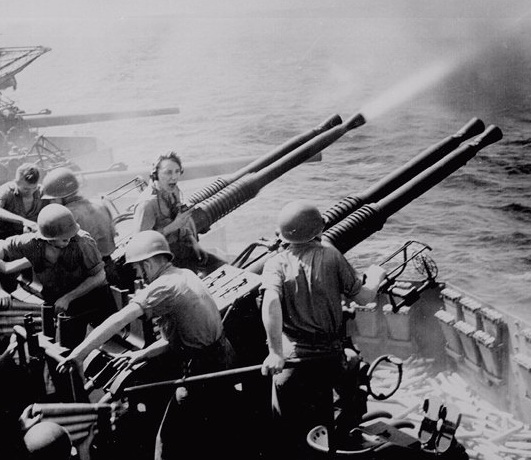
Quad 40mm Bofor's AA gun in Action
From there we were ordered to the Mare Island Naval Yard in Vallejo, California. When we arrived three months later we were fitted with all entire new bow which was ready and waiting for us. Lt. Ben Pickett , later an Admiral and good friend was assistant Gunnery Officer at the time of the torpedo hit. He told me that he could see the torpedo coming and felt that we hit it instead of it hitting us. Ensigns Pete Reeve my roommate monitored the ship's speed, the Captain had wanted to increase the speed by 75 rpm’s, a move vetoed by the Admiral. Had he not done so the "Fish" would have hit us amidships and we could well have followed the Helena to the bottom of the sea. We returned from California with our first batch of penicillin which enabled us to treat many cases of scabies as well as our share of "cupid's catarrh". We were ordered to the Solomon’s which by then had been secured by the U.S. We patrolled the next island chain.
The Medical Department on the St. Louis consisted of two Doctors of which I was the Junior officer, one Dentist and 16 well trained corpsmen. Subsequent events proved their worth. All major ships had a place on the bridge covered with six inch thick steel, here the Captain was supposed to be stationed during combat. Since our Captain prefer red to be where he could observe what was going on, the Senior Medical Officer was assigned that protected place on the Bridge. The ship had five turrets covered with armor plate, three forward and two aft. The Junior Medical Officer was put in the one furthest aft. This was to assure as much as possible that one of us would survive. The Corpsmen were scattered likewise as were the Damage Control Groups. Good photo of the "Lou" with her new camouflage
On one o f these trips we were attacked by several Jap bombers. The skies were clear and the moon bright and we thought that the Japanese were following our wake and discovered later that they were using our radar. They dropped a lot of bombs. One hit the St Louis near a propeller on the port side causing it to fall off in the ocean. This made the engine speed to the point where it would have exploded had not the Chief Engineer been close by, seen what was happening and cut off the power before further damage was done Another bomb hit just forward of Turret #, 5, went through the deck and exploded in a compartment killing 16 men. Only two came out alive. About 15 others were badly hurt and burned. One man was killed when a water tight door was blown down a passage way. The Chief Petty Officers Quarters was just aft of where the bomb exploded.
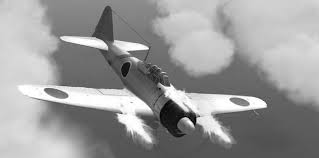
Japanese "Zero" fighter-bomber
In all emergencies the Corpsmen gathered quickly at the scene of action. How they managed to accomplish this feat remained a mystery to me. Most of the injuries were extensive third degree burns. We treated them with liberal applications of Vaseline and dry dressings. One man lost his arm 4-5 inches below the shoulder, leaving just enough room to put on a tourniquet. In spite of this he continued to loose blood slowly. After an hour or so the Bridge ordered me from my turret which was just above the Chief's Quarters to go to where the injured had been taken. All lights had been extinguished but a full moon gave plenty of visibility for me to get to the Chief s Quarters. The Captain cut off all lights and ventilation except for ten minutes out of every hour. This did not give us enough time to suture the bleeders.
At dawn we got coverage and the ship returned to normal. We were then able to move the injured to Sick Bay and suture the bleeders in the stump of the amputation. The patient was on the verge of shock and badly needed a transfusion. Everybody wore a "dog" tag with his blood type on it. A request was sent out over the loud speaker and 75 donors showed up, giving us an ample supply. There was too much roll to the ship to allow its to do the cross typing, mixing a drop of the donated blood with the patient's to see if it was compatible. We decided. to bypass that step arid gave the patient two pints of blood drop by drop. We were two days away from a hospital to which we could transfer our injured. When we finally turned them over to a Surgeon, I recognized him as a Dr. under whom I had worked as an intern in Detroit. The amputee developed gas gangrene in the stump of his arm and it had to be amputated which was not as unfortunate as it sounds since it was too short for a prosthesis anyway.
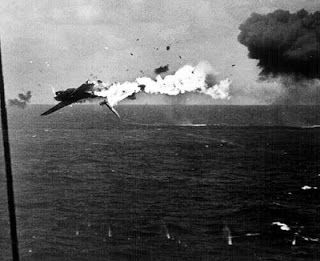
The Senior Medical Officer on the St. Louis was Professor of Surgery at the University of Vermont and he left all medical decisions to me. We became good friends. He was awarded a medal for the above handling of injuries and no one of the Medical Staff begrudged it. The ship was patched up locally and we limped along on three props for several months There was a Church of England Mission where we were stationed on the Solomon's the Cannibals had a beautiful garden there. Lizards about four feet long were everywhere but apparently, were harmless. The natives bathed in a waterfall nearby. The water was cool and clean. The Natives were about the color of the Chinese, They lived in huts with thatched roofs and open sides. Mosquitoes were rampant heat was intense and our clothes never dried out.
One night, just after sunset, we had a rain shower with some lingering drizzle.We saw a moon bow one end of which rested on a Battleship and the other on a thatched structure out over the water connected to the beach by a plank You can rest assured there was a pot at the far end., the contents of which were not gold. It was a phenomenal sight. We became very friendly with the Missionaries. On Easter Sunday, another officer, LTjg Black and I attended the local service with the Cannibals.
Of course, we could not understand, a word that was said but , being familiar with the Anglican Ritual of the Church of England, we could fallow the Service. After the Native Congregation communed, we followed. We remained in Purvis Bay far five months daring which time I had the opportunity to explore Guadalcanal which was pretty well devastated. I found a Japanese helmet but lost it in leaving the ship at the end of the War. The St Louis next moved to Kwajalein or Eniwetok in preparation for the invasion of the Marianas. This was a period of quiet for the Navy, I could watch the fighting on the beach from the periscope in Turret #5.
During Battle conditions I manned the telephone to the Turret Officer. During the Japanese Invasion of Guam one enlisted Army man had escaped into the bush and remained there three years. He hid at the top of a cliff until a Destroyer came near shore and he signaled to them who he was. A motor boat was sent to rescue him. The St. Louis was aft of the Destroyer when this occurred but we didn't know this interesting story until later. We departed Guam and were ordered to Long Beach for repairs.
Three months later the St. Louis was ordered to Leyte in the Philippines. A few days later we were attacked by a Kamikaze It was fortunate that four Corpsmen and I were caught in the Ward Room which was the Officer's dinning quarters. When the water tight doors were closed our only recourse for safety was to lie down on the deck next to the bulkhead. We heard the anti-aircraft guns go off. We knew something was happening. We heard a loud explosion and the ship shuddered. From past experience we knew that in such an emergency the Ward Room would be used as the hospital. The tables were stored in lockers . These were brought out and set up to receive the injured. Whether I ordered this or the Corpsmen did it on their own I do not remember. As soon as the water tight doors were opened I went to a locker ,just aft of the Ward Room and broke open the door to get morphine, Vaseline and bandages. One of the Corpsmen went down to sick bay for more supplies. The Kamikaze had hit the hangar deck just aft of' Turret #5. Had I been in my assigned location this account may never have been written. We never knew the exact number of injured personnel but we transferred nearly 80 wounded men to either a hospital ship or a hospital on the beach. The fighting was continuing but our Army was in control. After the causalities were brought in the Corpsmen had the situation well in hand. I was kept busy signing health records of those to be transferred. Dr. Hamilton, our Senior Medical Officer and the Chief Pharmacist Mate were kept busy filling out records of the dead men and of the injured.
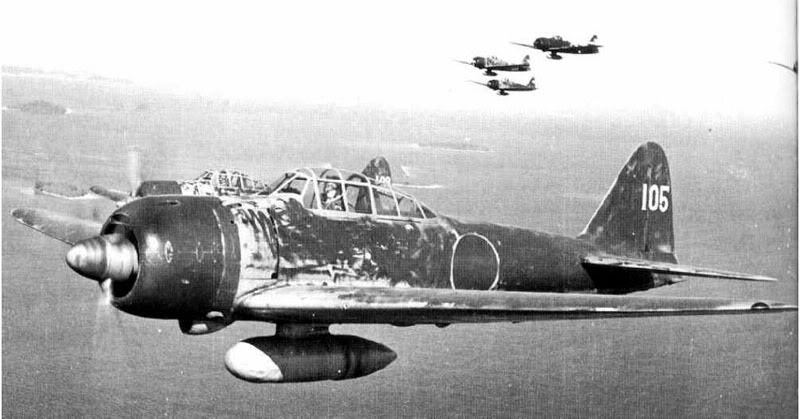
Japanese "Hamp" fighter-bomber
The Kamikaze that hit the hangar deck had turned upside down. A 500 lb bomb had exploded. Two days later the Pilot's body was found in a storage compartment of the hanger. We searched his body and found nothing but pieces. We buried the body at sea. The St. Louis was ordered to Manus, 500 miles away, to go into dry dock before being sent back to Long Beach for repairs. The dry dock was a floating one named after Admiral Dewey. It had been built on the East Coast, towed through the Panama Canal and across the Pacific. It took three months to accomplish this. Repairs to the St. Louis took two months which we spent in Long Beach, California.
We then returned to the Central Pacific and joined a force which bombarded Japan. It was during this maneuver that the Carrier "Franklin" was hit. We were close by and at general quarters so I saw the battle through the periscope. It looked as though the whole ship was on fire with flames two to three hundred feet in the air. The bomb had hit the gasoline supply. The Crew was able to save the ship and took her back to the Sates for repairs only to discover that she was deemed too badly damaged to salvage and was later sold for junk. A sad ending, for so valiant a ship and crew.
The St Louis went next to Okinawa for the Invasion where we were needed for shore fire support. We were continually threatened by Kamikaze attacks, several each day. We were lucky. Our worst problem was sleep deprivation because it seemed the six inch guns fired every fifteen minutes day and night. The antiaircraft crew remained at their posts continuously, having meals brought to them there. Fortunately the weather was warm and they could sleep on deck. The Okinawa campaign began about April 1st In mid June the St. Louis was ordered to Leyte for two weeks of rest. I was able to go ashore and explore the Island. The houses were all built of thatch but the Provincial Capital Building was of stone. Transportation was by Carametta Wagons, very picturesque, all brightly painted. They were drawn by one animal and could carry two passengers.
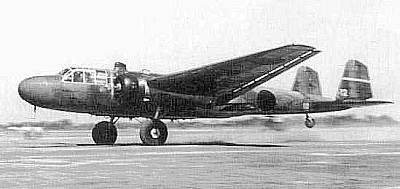
Japanese "Betty" Kamikaze bomber
While there, I was able to look up Dr. Gilmore Holland from Danville, Va. who although, two years ahead of me at Virginia, was a good friend. We then returned to Okinawa where we remained until just before the end of the War when we were sent to Subic Bay north of Manila. We were there when we heard that the Japanese had surrendered. At the time we knew nothing about the Atomic Bomb. We celebrated the end of the War grandly. Whisky and alcohol were kept in a safe to which I alone knew the combination. If there was ever an audit I was unaware of it.
The ship returned to Okinawa. here is my relief., having followed us all over the Pacific ,was waiting to cone aboard. It was 1945 and I was well past due for a relief. Medical Officers were usually sent State side after two years. Knowing that the St. Louis was going to Shanghai I remained on board, hoping to go along. But the Captain called me to his cabin and explained that I would have to leave since it was not allowed to have more than two Doctors aboard and it would look bad for his record if he allowed me to remain. I was put off Okinawa to sleep in a tent and stand in line for meals. Fortunately, my tent mate was a Dentist who had been discharged from a CB Unit and he knew his way around.
The Dentist suggested that we go to the Airfield and see if we might catch a ride to Guam. We were lucky and got one the following day at 5 AM. On Guam, officers lived in Quonset Huts, much preferable to a tent. I knew that my old friend Sam Sargeant from Norfolk was there and was able to get in touch with him. He came around in a jeep and took, us sight seeing all over the island. I had in nay possession an extra shirt with Officer's bars and put them on Sam who was an enlisted man and took him into the Officer's Mess where he much enjoyed a good meal.
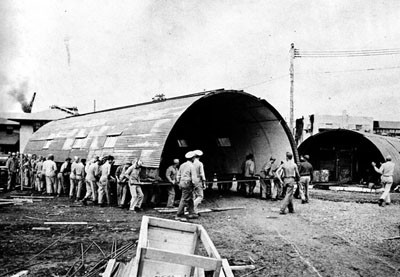
Quonset Hut taking place (building)
With the War officially over, everybody was anxious to get hone. I was No.701 on the waiting list when a ship carne in carrying 600-700 American Prisoners with only one Dr. aboard. Since I was the only MD among those waiting I was fortunate to be needed and went aboard ship. We landed in Long Beach to find no train available for several days. Someone ahead of me dropped out and I got a call in just four days. I spent the rest of my tenure at the Navy Yard in Portsmouth. While there I ran into Lt. Drake, who had been a patient of mine before the War. He was at that time in the regular service. When finally discharged he was 76 with the distinction of being the oldest man in the entire "Service". At the time of my departure from the St Louis my orders of how to go getting home were indefinite I strongly considered catching a plane to China, from there to the Dutch Indies, India, Egypt and Europe. Had I chosen that route of return I might never have met my wife, I have no regrets.
When the Korean War began I was in a Reserve Marine Unit which "Add Hagen" had persuaded me to join. Despite having a wife, two small children , with a third in utero I was called back into the Service. Fortunately, a trip to the Navy Department, with an explanation of having served four years overseas and my family situation, I was able to be stationed at the Naval Hospital in Portsmouth. The Neurosurgeon on duty there had taken the very trip that I had contemplated at the end of WWII